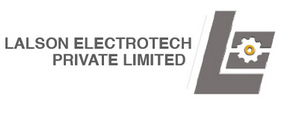PLATING SERVICES ON ALUMINIUM
DIPLEXERS, FILTERS
& LIDS
Silver: The energy and power distribution industries rely in silver
electroplating of aluminum to improve corrosion protection and surface
conductivity. Silver also provides good lubricity and solderability.
Copper: Most of us know that copper is an excellent conductor of
electricity. Thus, copper electroplating is a preferred metal finishing
choice in the manufacturing of electronic circuit boards, semiconductors,
and other electronic parts and components. In addition to being highly
conductive, copper offers improved adhesion
Electroless nickel: An electroless nickel coating provides exceptional
corrosion resistance and will increase the lubricity, hardness and wear
resistance of the aluminum substrate. Electroless nickel can also serve as
an undercoating to strengthen and promote the adhesion of other plated
metals.
It's hard to imagine going through an entire day without
seeing, using or coming into contact with an object that is
made of aluminum. This soft, lightweight, durable metal can
be found in everything from aircraft and vehicle parts and
components to food and beverage containers, foil wrap,
windows and doors, lighting poles and much more.
With more than 25 years of metal finishing experience, you
can count on LEPL to provide superior aluminum
electroplating services that will exceed your quality and
performance expectations and meet your budget
requirements. We also have the expertise to help you select
the best aluminum alloy plating process for your
manufacturing projects.





